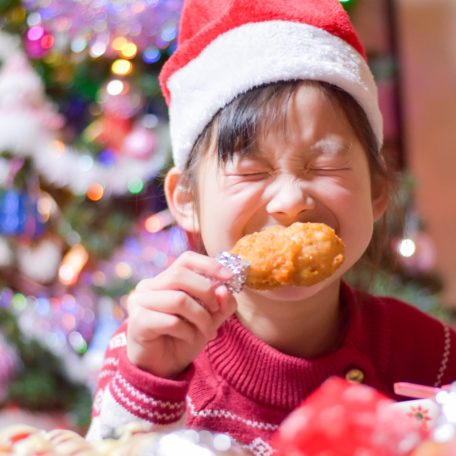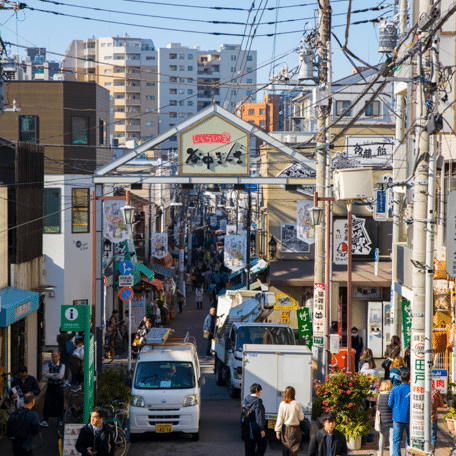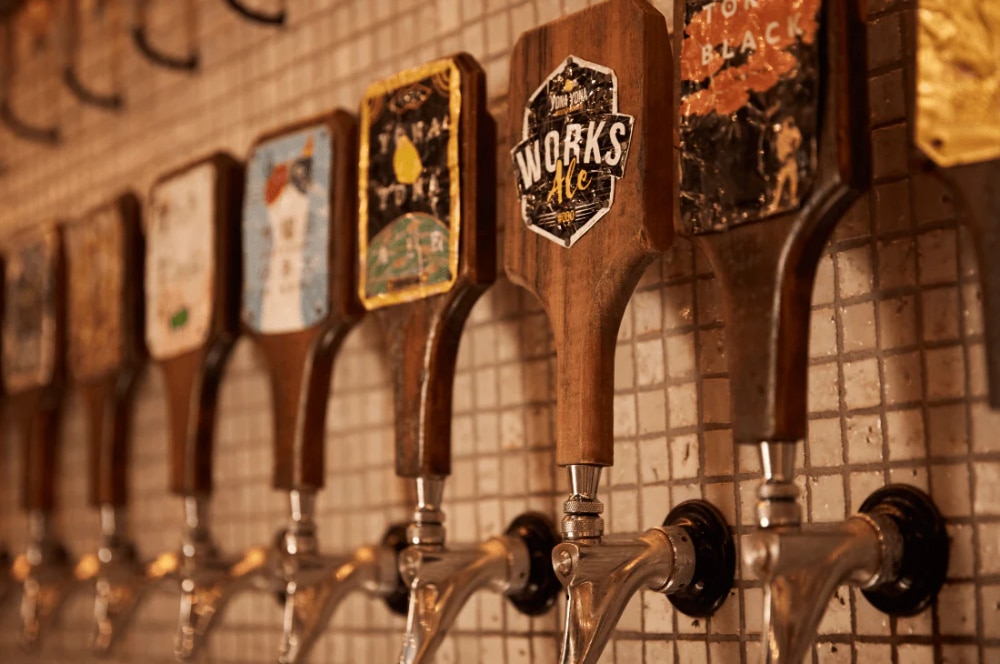Senbei, Arare, and Okaki: not your conventional rice crackers
Mar 17, 2023
BY Jose Jacobo Lozano

It is usual for rice to be used in Japanese cuisine in ways that might seem a bit unconventional to those who are not used to it. From desserts to drinks, rice is clearly one of the most important ingredients in Japanese food, which is why it’s no surprise that it has also been turned into crackers. Different from the rice crackers you might be used to, which are commonly made from puffed rice, the base ingredient of rice crackers in Japan is rice flour or mochiko.
These crackers are called beika (米菓), and they are divided into three different major types: senbei (煎餅), arare (あられ), and okaki (おかき). These types vary in shape and form, but the most important difference is that senbei are made from non-glutinous rice flour while both arare and okaki are made from glutinous rice flour.

Photo by Jelleke Vanooteghem on Unsplash
Senbei are the biggest of the three kinds of crackers, and they come in both sweet and savory flavors. Whilst making the two types of senbei there are certain differences present even before the flavors are added. Savory senbei tend to be covered with both soy sauce and mirin before being cooked, and, for sweet senbei, sugar, syrup, egg, and miso are oftentimes used. Some flavors of senbei include shoyu senbei, which are solely soy sauce flavored, okoge senbei, which, similar to western rice crackers, are made from puffed rice, matcha senbei, sakura senbei, and nori senbei. There are even senbei made especially for deer, which you are able to buy in Nara to feed them in the park. Senbei are normally roasted when being cooked, but there is a special variety called age senbei that are fried instead. Small fragments of senbei are often served accompanied by peanuts to form kaki-pi, a famous snack you can find in many Japanese bars, as it is the perfect company for Japanese beer.

Image credits: Guidable
Okaki are the second largest of the rice crackers, and to make them it is necessary to prepare mochi rice cakes first. To make the mochi, glutinous rice grains are first steamed and then pounded and mashed until they obtain a paste-like texture. The rice is then formed into round buns, and to make okaki, these buns are cut and then left to sun-dry for a week. After this, they are cut, and that’s how they turn into rice crackers. Just like senbei, okaki can be given many different flavors, from tasty curry to a more simple sea salt.

Image credits: chopstickchronicles.com
Arare are the smallest out of all the rice crackers. Arare are much rounder than okaki or senbei, which are typically shaped in plain circles rather than spheres. In appearance, Arare are different from other rice crackers not only because of their shape and size, but also because they tend to come in four different colors as well: white, yellow, pink, and green. Arare are commonly consumed during the Hinamatsuri or Doll Festival, which is on March 3, Girl’s Day in Japan, and it’s only during this time that they can be found in so many different colors.

Image credits: re-discoveryjapan.net
Although all beika can be produced artisanally and it’s not uncommon to find local stores that sell many different flavors, rice crackers are also often found in convenience stores and supermarkets. Packaged similarly to potato chips, beika, and most commonly senbei, from brands like Amanoya or Kamedaseika are famous snacks all over Japan.

Image credits: livejapan.com
In terms of history, senbei are the most traditional out of all the kinds of beika, which is why they tend to be the easiest ones to find. Their origin is traced back to Chinese jianbing, a kind of pancake made out of rice. These pancakes were brought to Japan and people started calling them senbei, and they were turned into the rice crackers that are so famous today during the Edo period in a small town called Soka. In general terms, all Japanese rice crackers are known around the country, although some are more famous than others. Offering an amazing variety of flavors, these snacks are just one more demonstration of how rice can be turned into a tasty snack with endless possibilities. Make sure to give both artisanal and pre-packaged rice crackers a try on your next trip!
Book your guide for an unforgettable and authentic culinary experience in Japan!
Featured Photo by mochikichi.co.jp
Book your pocket wifi now to stay connected through your entire Japan Journey!

Be sure to get the JR Pass to make navigating Japan during your trip that much easier!

YOU MIGHT ALSO LIKE




